Essential Oils for Feminine Odor: A Guide to What Works
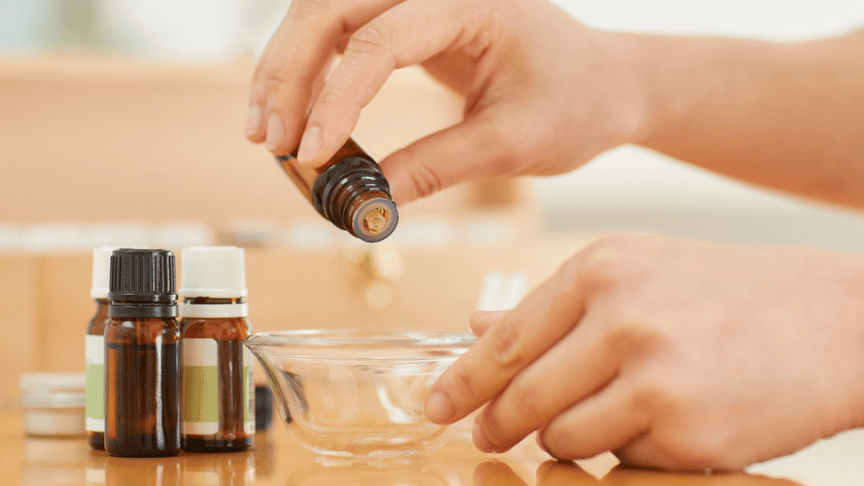
Table of Contents
Your vagina usually regulates and cleans itself. It’s acidic, self-sustaining, and designed to maintain its own ecosystem. But sometimes, life throws things off. When that happens, you might notice a shift in odor that feels unfamiliar or uncomfortable.
Essential oils can be powerful allies, but not all of them are safe for the vulva or vaginal area. Some disrupt your pH or cause more problems than they solve. You need to know what works, what doesn’t, and how to apply these oils with the care your yoni deserves.
What Causes Feminine Odor?
1. Normal Odor Variations
The vagina has a scent. It’s not supposed to smell like roses or mango sorbet. It has its own living, shifting signature, a combination of fluids, hormones, microbiome activity, and your unique chemistry. Most of the time, what you smell is simply your body doing what it’s meant to do.
Hormonal cycles create some of the most noticeable changes in vaginal odor. During ovulation, when estrogen peaks and fertile mucus increases, your scent may become sweeter or more musky. During menstruation, blood oxidizes as it exits the body, often creating a more metallic, earthy scent. Neither of these signals imbalance, they reflect what’s happening biologically.
Pubic hair can also make your natural odor more noticeable. It traps pheromones, moisture, and sweat, which intensify your scent. And since the skin in your groin contains apocrine sweat glands (the same kind that cause underarm odor), you’ll naturally notice more scent when you’ve been sweating, especially if you’ve been wearing tight clothing.
After sex, it’s common for your scent to change temporarily. Semen is alkaline. The vagina is acidic. When the two mix, the pH temporarily rises, which can lead to a slightly sour or musty smell for several hours after. Similarly, saliva, lube, and latex can all disrupt pH depending on their ingredients.
Diet also plays a role. Garlic, onions, alcohol, asparagus, and red meat can all subtly influence the scent of your fluids, including vaginal mucus. If you’ve ever noticed your sweat change after a night of drinking or a garlicky meal, the same applies here. Hydration also matters. When you’re dehydrated, bodily fluids become more concentrated, and odor can intensify.
2. External Factors That Disrupt Balance
While your vagina is self-cleansing, your vulva is not. What you put on, around, and inside your vaginal area can disrupt the healthy flora that regulate odor naturally. The biggest culprits are overwashing, friction, synthetic products, and anything that alters the pH.
Using harsh soaps, even “natural” or essential-oil-based ones, can throw your entire microbiome off. Most soaps are alkaline. The vagina needs to stay acidic to maintain healthy bacteria. Washing too aggressively or internally strips away the lactobacilli that keep yeast and odor-causing bacteria in check.
When you wear tight synthetic underwear or use daily liners, you reduce airflow and trap heat and moisture. This creates the ideal environment for anaerobic bacteria, the same ones responsible for bacterial vaginosis, to thrive. It also creates a warm, damp environment that makes any natural scent more concentrated.
Shaving can cause micro-abrasions on the skin, weakening the protective barrier of the vulva. Combine that with friction from leggings, tight jeans, or daily movement, and you’ve got a recipe for inflammation and imbalance.
3. When It Might Be a Red Flag
Sometimes, odor is your body waving a red flag that something deeper is out of balance. If your vagina smells strongly fishy, especially after sex or washing, it could be bacterial vaginosis (BV), which is caused by an overgrowth of anaerobic bacteria, usually from a disrupted pH. Other signs include thin gray discharge and a persistent, sharp odor that doesn’t go away with washing.
If the scent is sweet or bread-like, and you’re also dealing with itching, redness, or thick white discharge, you’re likely dealing with a yeast overgrowth (candida). It’s especially common after antibiotics, sugary diets, or long periods of moisture exposure (like wet swimsuits or pads). Itching without odor could still be yeast, but a change in scent is often one of the first clues.
A sharp, ammonia-like smell can be caused by concentrated urine. This can happen if you’re dehydrated, on a high-protein diet, or wearing clothes that trap residual urine near the vulva. Sometimes it’s as simple as increasing water intake and changing your underwear more often.
Essential Oils for Feminine Odor That Are Safe and Supportive
Not all essential oils are safe for vulvar use, and almost none are safe undiluted. But when blended carefully into the right botanical carriers, certain oils offer powerful, pH-compatible support for odor, irritation, and tone without disrupting your microbiome.
Antimicrobial Oils That Don’t Disrupt
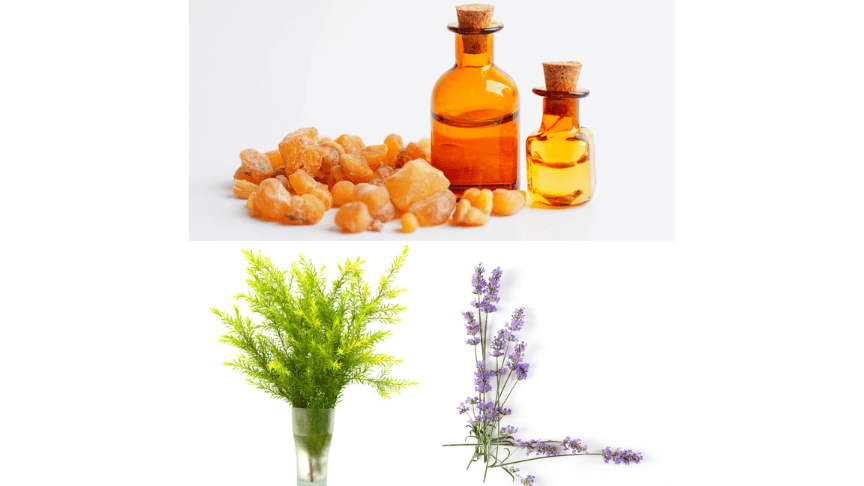
These oils reduce overgrowth of odor-causing bacteria without wiping out your protective flora. Use in very low dilution (0.5–1%) and always with a skin-safe carrier.
Tea Tree (Melaleuca alternifolia)
One of the most studied natural antimicrobials. Tea tree oil inhibits Gardnerella vaginalis, the primary bacterium associated with BV, and can reduce odor from anaerobic overgrowth. But it’s potent, too much will dry out or irritate vulvar tissue. Always dilute.
Best for: minor odor relief, post-period freshness, or BV-prone vulvas.
Lavender (Lavandula angustifolia)
Gentle and skin-calming, lavender reduces redness, itchiness, and low-grade inflammation while lightly cleansing the skin. It supports wound healing and has mild antifungal action, making it useful when irritation follows shaving or tight clothing.
Best for: calming redness, post-shaving care, and subtle scent balancing.
Frankincense (Boswellia carterii or sacra)
Rich in boswellic acid, this oil is regenerative and supports cellular repair. It helps tone delicate skin and reduce inflammation, particularly when recovering from recurring irritation or product overuse.
Best for: post-irritation healing, restoring tissue integrity after harsh products.
Oils for pH & Skin Tone Support
These oils support the skin’s natural acidic pH (around 4.5–5.5) and help tone, tighten, and balance secretion, without clogging or drying.
Rose Otto (Rosa damascena)
A luxurious oil with gentle antimicrobial effects. Rose Otto promotes tissue elasticity, soothes irritation, and supports a healthy scent.
Best for: dryness, postpartum care, hormonal skin changes, and emotional tenderness.
Cypress (Cupressus sempervirens)
This oil is naturally astringent and helps tone the skin while supporting moisture balance. It’s excellent for women who experience excess discharge or feel overly damp throughout the day.
Best for: regulating moisture, managing odor from sweat or heat, and post-steam care.
Geranium (Pelargonium graveolens)
A hormone-supportive oil known for balancing both oily and dry skin types. Geranium has antibacterial properties and a stabilizing effect on estrogen-progesterone fluctuations.
Best for: cycle-related scent shifts, perimenopause, or PMS-related vulvar changes.
Soothing & Anti-Itch Oils
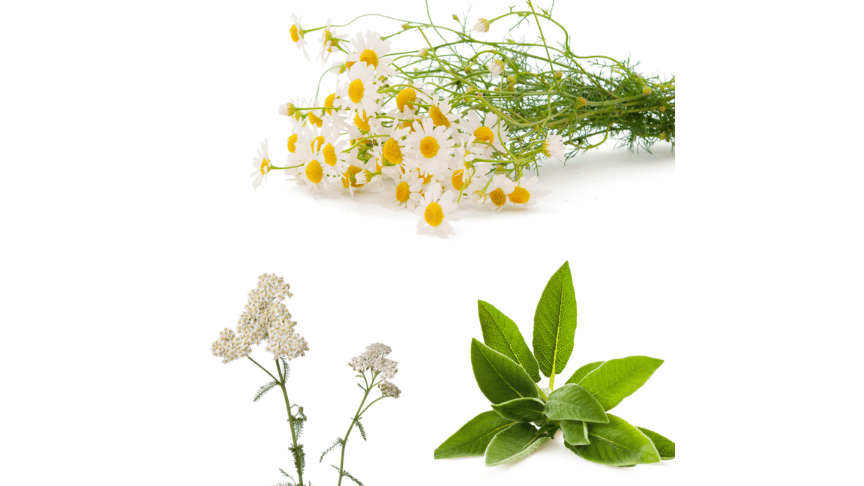
These are your go-to oils when irritation, inflammation, or itchiness accompany odor. All should be used at low dilution with high-quality carriers.
Cape Chamomile (Eriocephalus punctulatus)
Highly anti-inflammatory and emotionally calming, Cape Chamomile is ideal for vulvas that are reactive, tender, or recovering from yeast overgrowth. Its blue color comes from chamazulene, a compound known for its skin-healing action.
Best for: itch, redness, and reactive skin types.
Yarrow (Achillea millefolium)
Another blue essential oil, Yarrow is cooling, regenerative, and antibacterial. Particularly effective on inflamed follicles or raw-feeling skin after hair removal.
Best for: shaving irritation, ingrowns, and post-sex soreness.
Clary Sage (Salvia sclarea)
This oil supports hormone balance through its phytoestrogenic properties. While not primarily antimicrobial, it’s powerful for scent shifts tied to emotional overwhelm, PMS, or hormone swings.
Best for: cycle-related mood and odor shifts, especially with stress or low libido.
Carrier Oils That Matter

Essential oils are only as safe as the oil they’re blended into. These base oils nourish the skin and carry the active compounds safely to the outer layers of the vulva.
Jojoba (Simmondsia chinensis)
Technically a wax ester, jojoba mimics human sebum better than any oil. It absorbs easily, won’t clog pores, and is highly stable, making it ideal for daily use near the vulva.
Best for: everyday moisture, sensitive skin, and long shelf life blends.
Sea Buckthorn (Hippophae rhamnoides)
Rich in omega-7 fatty acids and vitamin E, this deep orange oil supports mucous membrane healing. It’s ideal for dryness, irritation, or tissue repair after BV, yeast infections, or hormonal thinning.
Best for: post-infection recovery, perimenopausal dryness, and tissue healing.
Calendula-Infused Oil (Calendula officinalis in olive or jojoba)
A skin-calming powerhouse, calendula reduces redness, irritation, and reactivity. It’s particularly suited to those with eczema-prone or inflamed vulvar skin.
Best for: sensitive types, inflammation, and postpartum care.
How to Use Essential Oils for Feminine Odor Safely and Effectively
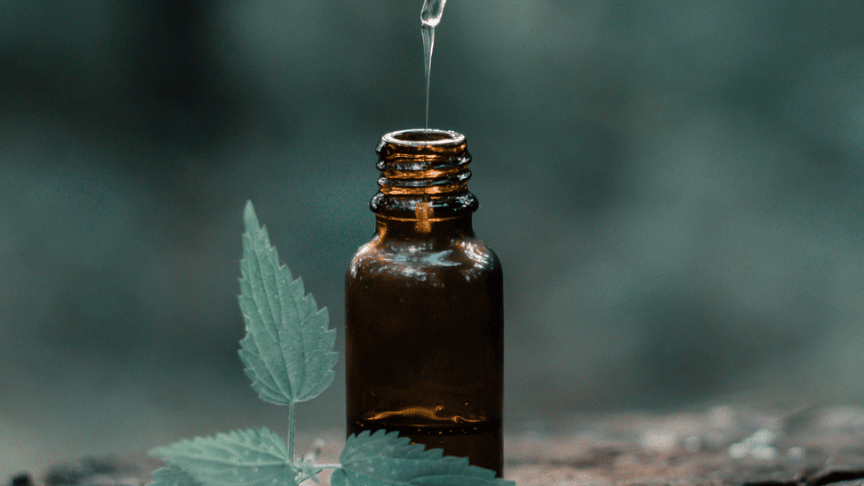
Dilution & Safety First
Start with the golden rule of vulvar care: less is more. Essential oils must be diluted in a carrier oil that buffers their strength and helps them spread gently across the skin.
-
Use no more than 1–2 drops of essential oil per teaspoon of carrier oil. This creates a 0.5–1% dilution, which is safe for use on sensitive areas like the labia majora and inner thighs. Never exceed this concentration without professional guidance.
-
Do not apply essential oils inside the vaginal canal. These oils are for external use only, on the labia majora, mons pubis, bikini line, and inner thighs. The vaginal mucosa is highly absorbent and can be easily disrupted.
-
Always patch test first. Apply a small amount of the diluted blend to the inside of your wrist or the crease of your inner thigh. Wait 24 hours. If there’s no redness, itch, or irritation, it’s safe to proceed.
-
Avoid use during active infections or if you’re experiencing burning, lesions, or rawness. Essential oils can intensify discomfort during those times. Wait until healing has begun before applying.
-
Skip immediately post-intercourse if the area feels sensitive or inflamed. Instead, wait a few hours and apply later to support post-friction healing.
Application
-
After showering or bathing
Gently apply a few drops of your diluted blend to the labia majora and outer vulva while skin is still slightly damp. This helps seal in moisture and supports a clean base layer. -
After workouts or sweating
If you’ve been in tight leggings, synthetic underwear, or sweaty environments, a light application post-rinse can help reduce lingering bacteria that cause odor. -
Post-sex
If the area feels sore, sticky, or off-smelling, wait until any initial sensitivity passes, then apply a gentle, cooling blend (e.g., lavender + jojoba) to support the skin and bring down pH shifts from semen or saliva. -
Before bed
This is a great time to let healing and balancing oils absorb fully. A few drops of sea buckthorn or calendula-infused oil with one drop of frankincense or rose can deeply support overnight restoration. -
After waxing or shaving
Apply a calming blend (like yarrow or cape chamomile in jojoba or calendula oil) to prevent razor burn, reduce inflammation, and neutralize odor from sweating in irritated follicles.
Prefer a Pre-Made Blend? Meet Our Botanical Yoni Serums
Some days you don’t you just want something that works, something you can reach for with zero effort when your vulva feels off, dry, inflamed, or unfamiliar. Our shops Botanical Yoni Serums offer expertly blended, yoni-safe formulas that directly address common scent, skin, and cycle-related changes without disrupting your natural ecology.
Each formula was developed based on what actually happens to vulvar tissue during hormonal shifts, after sex, following friction or sweat, and post-shaving. The dilution levels are precise, and the carriers are selected for their compatibility with mucosal-adjacent skin.
Petal Passion Yoni Serum
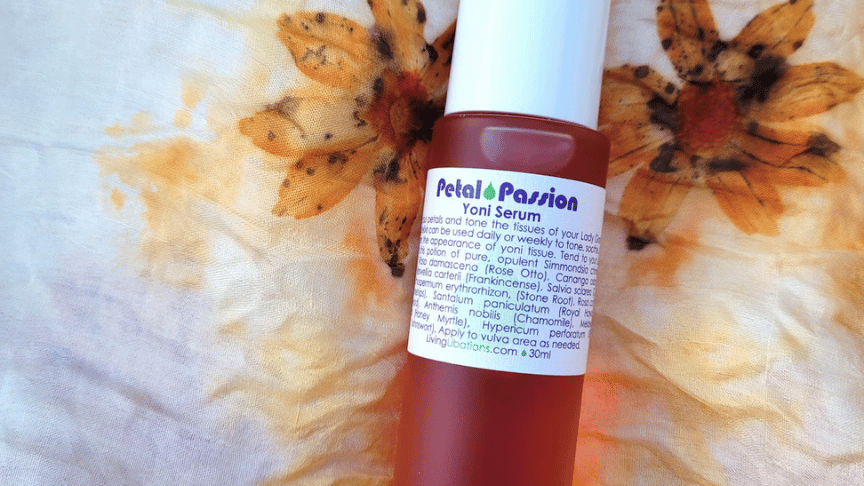
Use when:
-
You feel dry or papery post-period
-
Sex leaves your vulva feeling sore, sticky, or off-scent
-
You notice hormonal scent changes around ovulation or pre-menstruation
Petal Passion Yoni serum is built around Rose Otto, a gentle, tissue-toning oil used for vaginal dryness, postpartum healing, and cyclical tenderness. It’s paired with Clary Sage to support estrogenic shifts, Frankincense to regenerate tissue elasticity, and Wild Rosehips to deliver bioavailable vitamin C for skin integrity.
Honey Myrtle and Chamomile add anti-inflammatory support without clogging follicles. The finish is dewy, not greasy. No artificial scent, just the clean, soft trace of real plants.
Petal Soother Yoni Serum
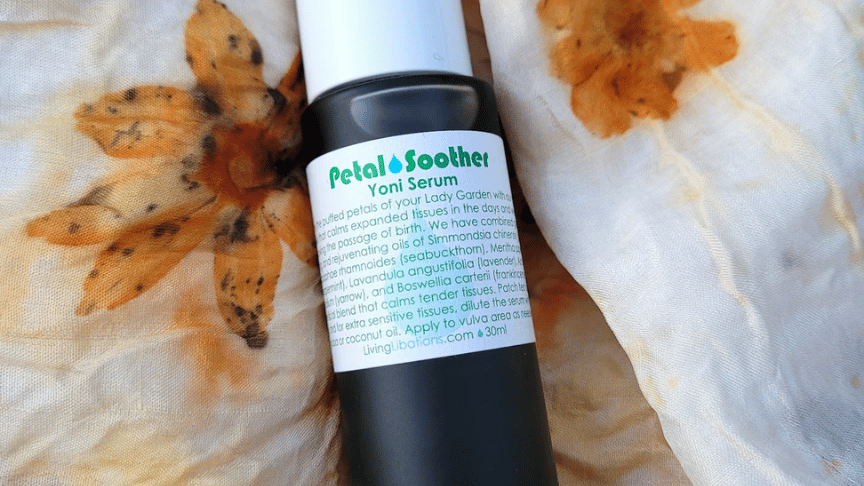
Use when:
-
You’ve shaved, steamed, or waxed and feel raw
-
Your underwear has irritated your labia
-
Odor is showing up with redness, itch, or inflammation
Petal Soother is your vulva’s version of a cold compress and a barrier-repair serum in one. It contains Seabuckthorn, known for its omega-7 content and ability to restore mucosal tissues; Yarrow, a cooling anti-inflammatory used for centuries to stop surface-level irritation; and Peppermint for mild vasodilation and relief.
Lavender and Frankincense bring broad-spectrum antimicrobial benefits and tissue repair. The result is immediate calming and subtle bacterial support, ideal when odor is tied to friction, heat, or minor trauma, not deep flora imbalance.
Perfect post-spin class, post-blade, or post-too-much-touch.
Petal Primer Yoni Serum
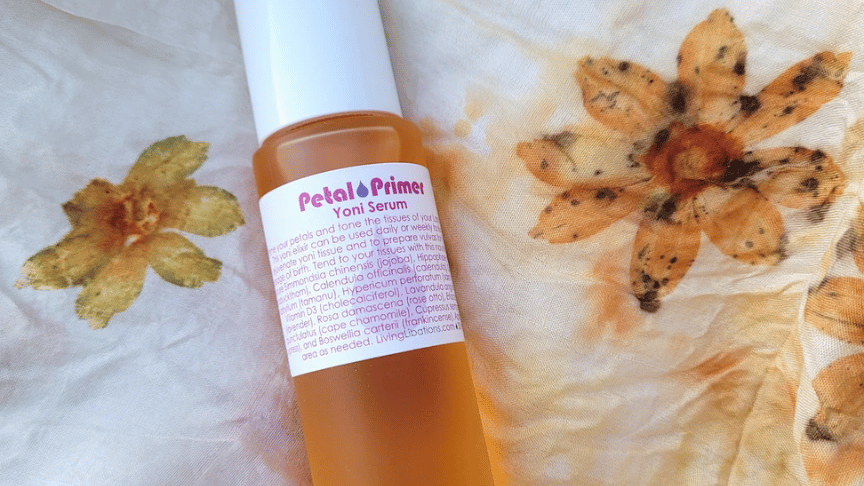
Use when:
-
You want daily support without overstimulating your tissue
-
You’re navigating post-period changes (clotting, dryness, odor)
-
You’re new to oils and need something simple, safe, and regulating
Petal Primer by Living Libations is our gentlest formula, designed for daily wear and long-term rebalancing. It uses Calendula-infused oil, a skin-calming macerate known to reduce histamine reactivity, with Cape Chamomile, a nervous system herb that also calms pH-related irritation.
Rose Otto supports natural scent regulation and skin tone, while Vitamin D and St. John’s Wort provide anti-inflammatory, cell-restoring support for those dealing with low hormone output, perineal stress, or mild trauma.
It absorbs easily, doesn’t stain underwear, and won’t trigger over-cleansing behaviors.
FAQ
Several natural antimicrobial oils can support a healthy vaginal scent when used externally. Tea tree oil is a common go-to essential oil because of its antibacterial and antifungal properties, especially helpful when odor is linked to bacterial overgrowth. Lavender oil offers anti-inflammatory benefits and is ideal for sensitive skin, especially during shifts in your menstrual cycle or after shaving. A few drops blended into a carrier oil like coconut oil can help rebalance the natural pH of the vaginal area, but must never be applied internally.
The most effective feminine odor remedy is a combined approach to vaginal hygiene, pH regulation, and skin barrier care. Start with warm water and no soap or vaginal wash inside the vagina. For external care, avoid harsh chemicals, synthetic vaginal deodorizer sprays, and perfumed washes.
For support, choose a blend of essential oils for feminine odor such as lavender, frankincense, or rose otto, diluted into coconut oil or jojoba oil. These oils can tone tissue, reduce vaginal smell from sweat or friction, and support a healthy vaginal environment without stripping your skin.
Yes, you can put tea tree oil on your pubicc area, but with caution. Tea tree oil has amazing antimicrobial properties and is often used to treat bacterial vaginosis, yeast overgrowth, and minor skin irritation. However, you should never apply drops of tea tree oil directly to the vaginal area. Always dilute it, no more than 1–2 drops per teaspoon of carrier oil. It’s ideal for the labia majora, inner thighs, or bikini line, especially post-workout or when managing mild vaginal odour related to sweat and heat.
A well-formulated yoni oil can absolutely support vaginal hygiene and external scent regulation, especially if your odor is related to sweat, friction, or minor pH imbalance. Look for oils that contain natural antimicrobial ingredients like lavender oil, frankincense, or peppermint oil, all blended into a calming carrier oil.
Yoni oils do not treat urinary tract infections, yeast infections, or bacterial vaginosis, but they can restore a healthy balance on the outside. Used correctly, they soothe sensitive skin, hydrate dry tissue, and help manage scent changes tied to your ovulation cycle, clothing choices, or daily routine.
If you're using yoni oil as an effective treatment for strong odor, it’s important to also check in on your overall vaginal health, lifestyle, and proper hygiene practices to ensure long-term results.





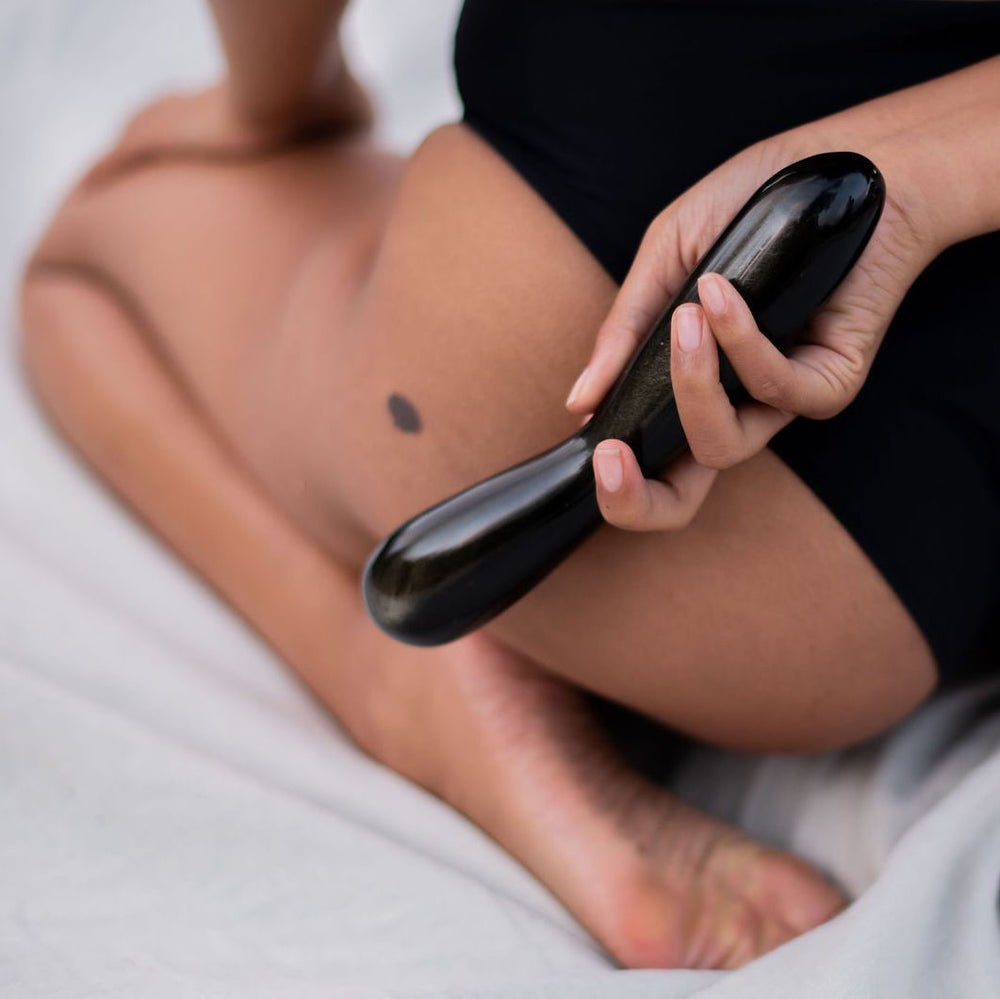




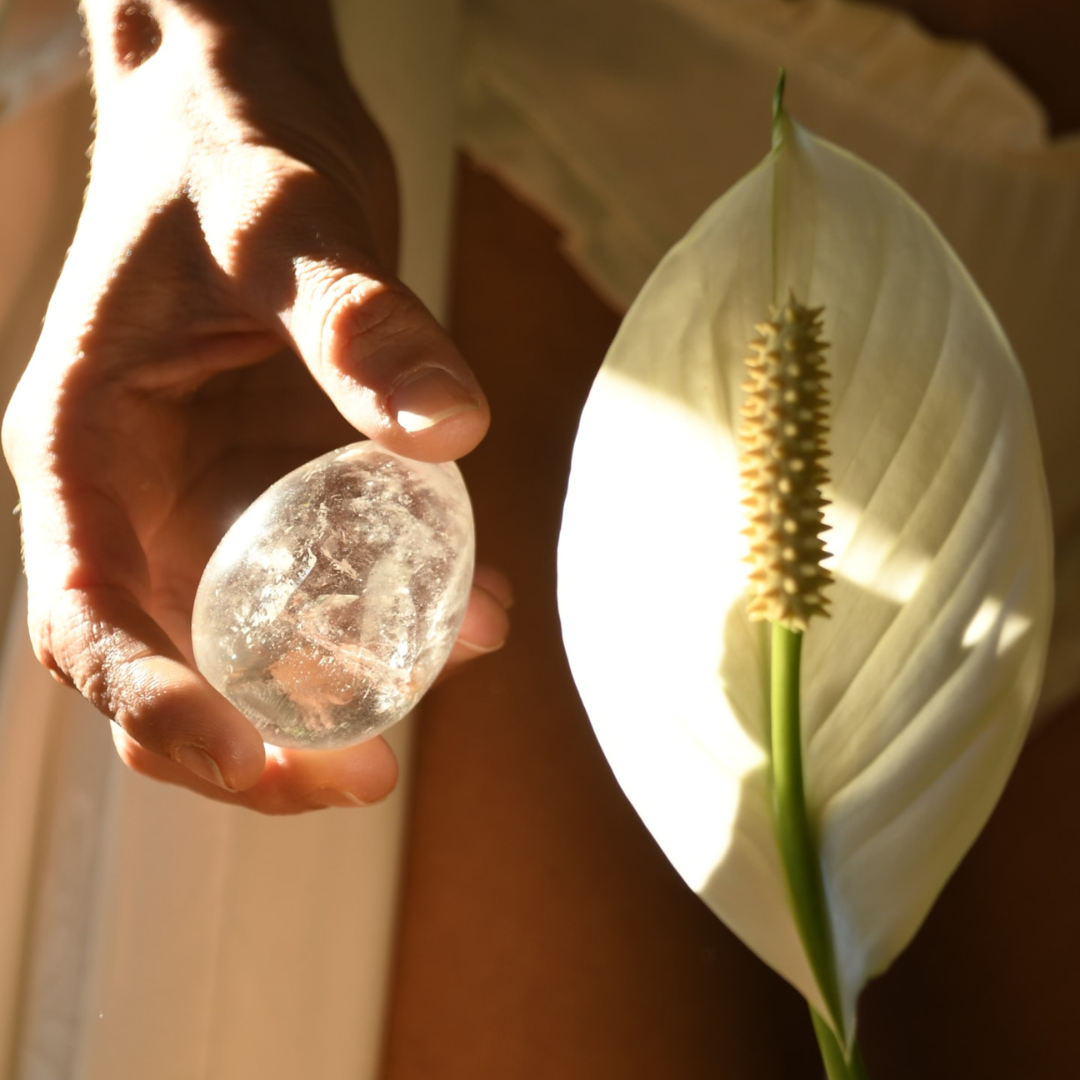
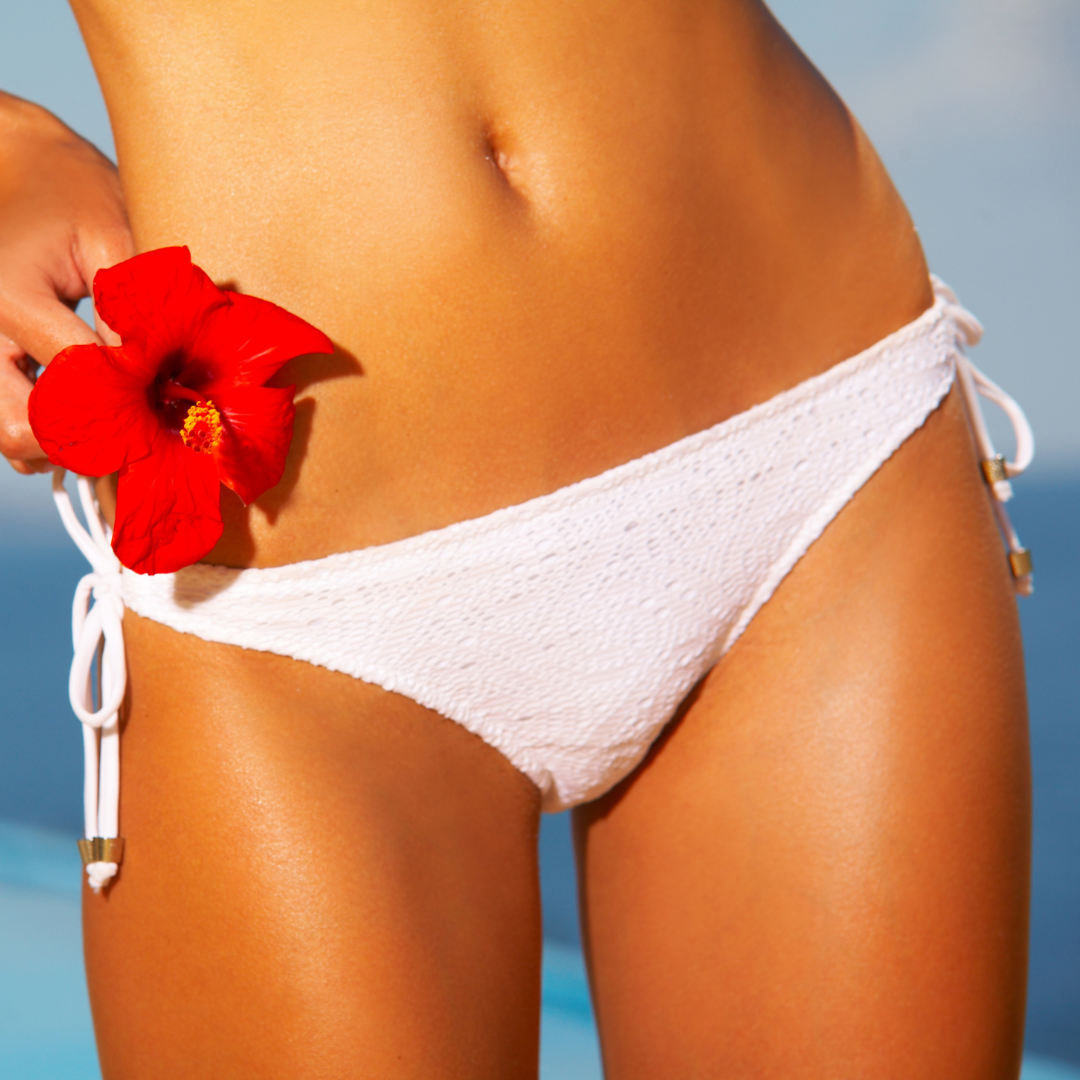
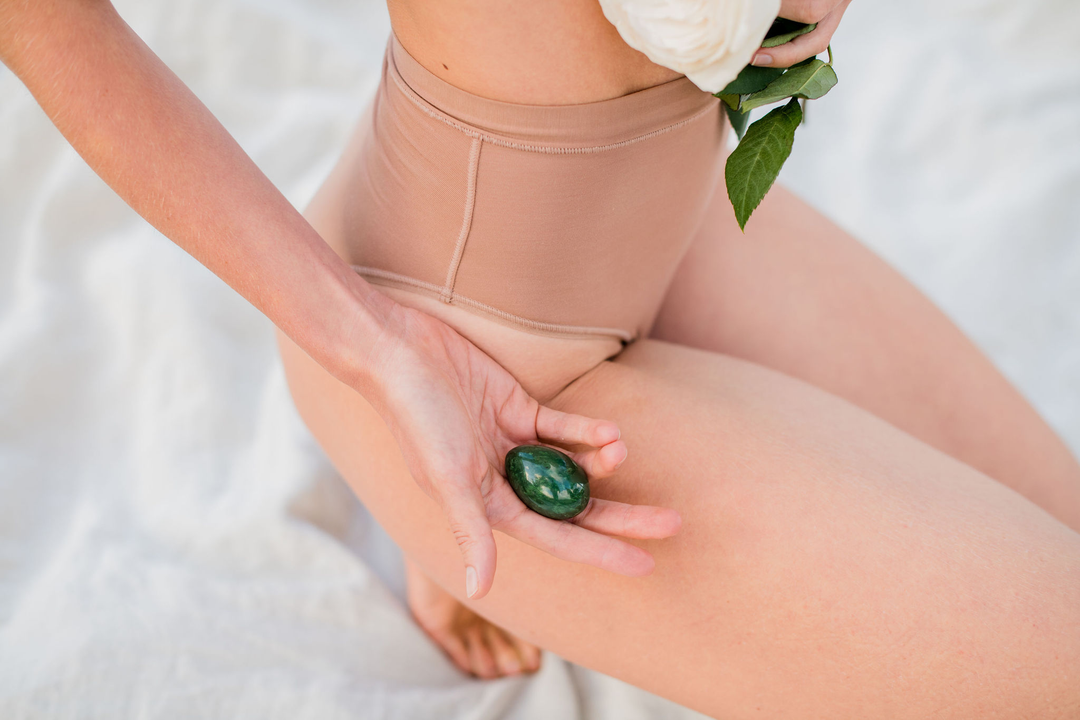
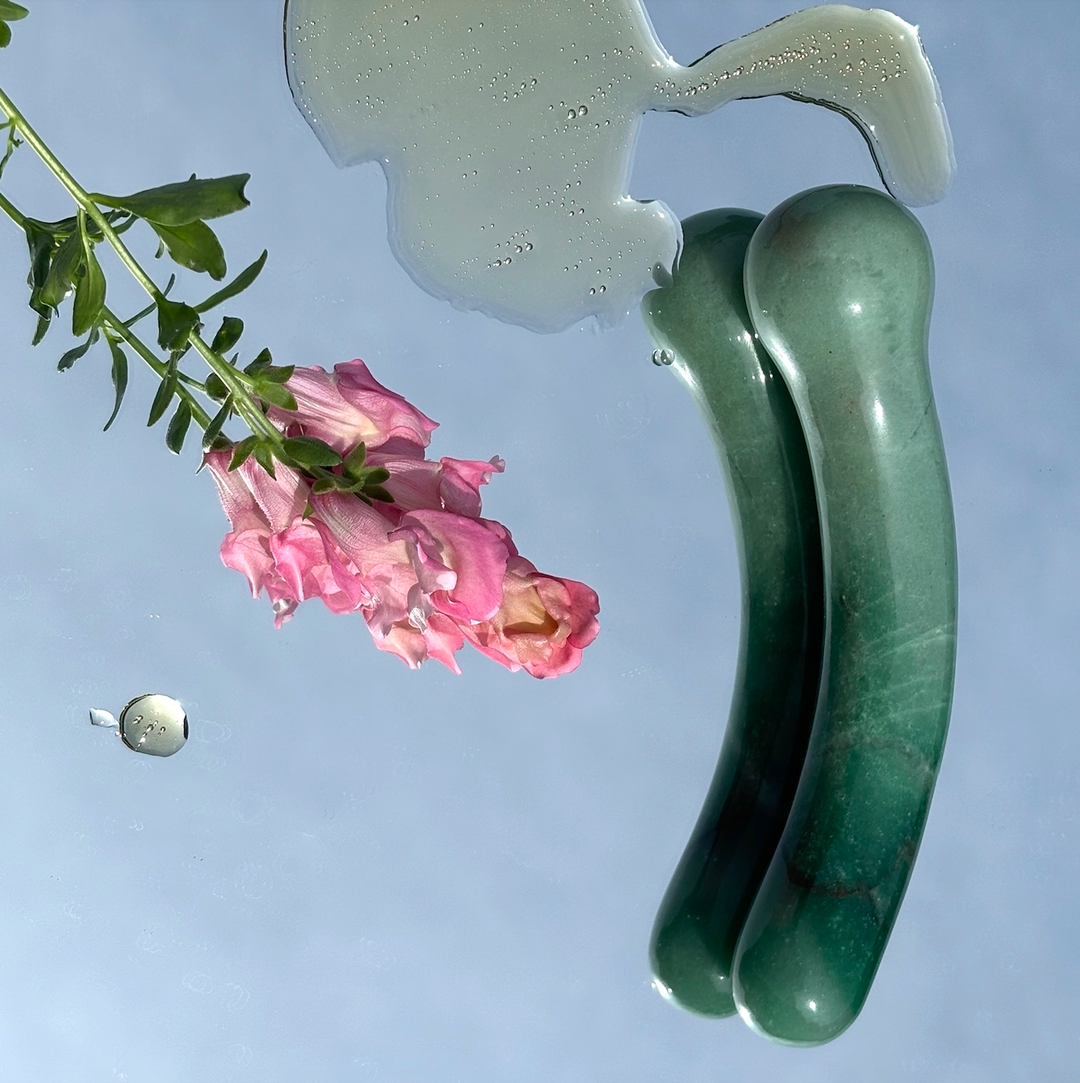
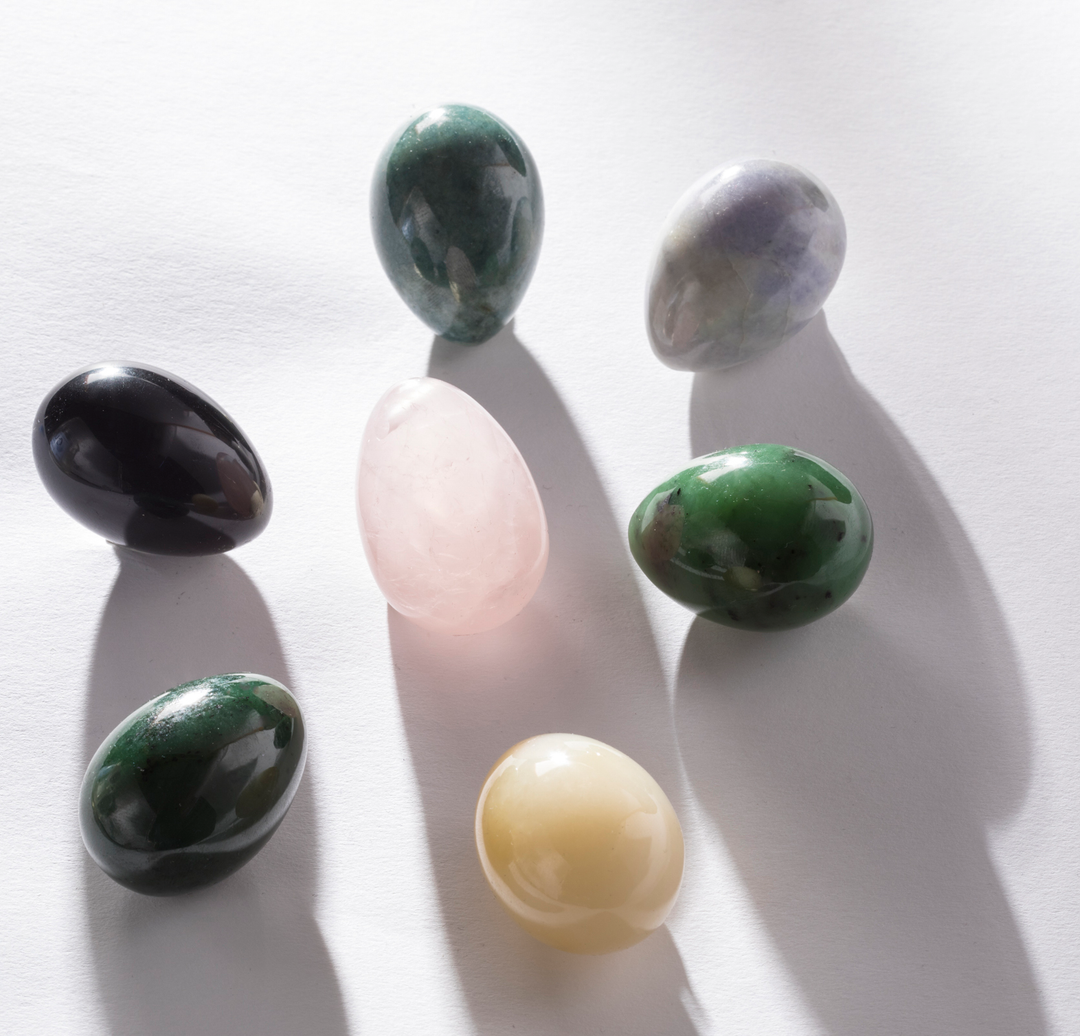
Leave a comment